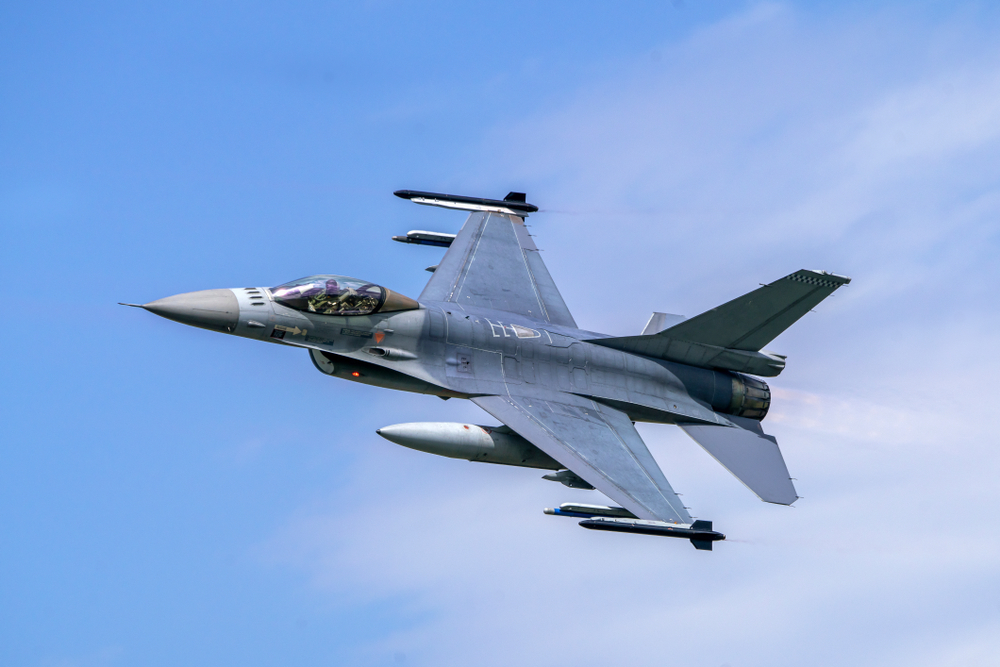Tu-114 Aircraft
Tu-114: Understanding the Soviet Long-Range Aircraft
The Tupolev Tu-114 was a significant achievement in aviation history. Developed in the Soviet Union during the 1950s, it stands as a testament to engineering and design capabilities of the period.

Historical Context
The Cold War era was filled with intense competition between superpowers. In aviation, the Soviet Union needed an aircraft capable of long-range travel to showcase its prowess. The Tupolev Design Bureau, known for its innovative designs, undertook this challenge.
Designed by Andrei Tupolev, the Tu-114 was created to serve both military and civilian roles. It first flew on November 15, 1957, and was introduced to the public in 1961. Its capabilities extended far beyond expectations for that time.
Design and Technology
The Tu-114 was built on the framework of the Tu-95, a strategic bomber. Its design included a swept-wing configuration and a powerful engine system. The plane featured four Kuznetsov NK-12 engines, coupled with counter-rotating propellers. These propellers provided thrust and efficiency unmatched by jet engines of similar size.
This aircraft was also one of the largest turbo-prop powered airliners in the world. Standing 15 meters tall with a wingspan of 51.1 meters, it set records in size. The fuselage was designed to accommodate long-range missions, providing ample space and comfort for passengers.
The wings of the Tu-114 were high-mounted, which helped enhance its stability. With a cruising speed close to that of contemporary jets, the aircraft maintained efficiency and range. It could travel distances of up to 10,900 kilometers without refueling.
Operational History
Aeroflot, the Soviet state airline, was the primary operator of the Tu-114. It was used for long-range international flights. Routes included destinations like Havana, New York, Paris, and Tokyo. These flights showcased the Soviet Union’s engineering capabilities to the world.
The aircraft was known for its reliability and performance. Despite its complex design, it had an impressive safety record. The Tu-114 operated in Aeroflot’s fleet from 1961 until the late 1970s. Its role was later taken over by more modern jet airliners.
Notable Achievements
The Tu-114 set several world records in the 1950s and 1960s. It was recognized for its speed and range by international aviation bodies. One notable achievement was its non-stop flight from Moscow to New York in 1959. This flight demonstrated the aircraft’s capabilities and put the Soviet Union in the global aviation spotlight.
Technical Specifications
- Maximum Speed: 880 km/h
- Cruising Speed: 770 km/h
- Range: 10,900 km
- Service Ceiling: 12,000 m
- Engines: 4 x Kuznetsov NK-12MV turbo-props
- Length: 54.1 m
- Wingspan: 51.1 m
- Height: 15.5 m
The Legacy of Tu-114
The Tu-114’s contribution to civil aviation remains significant. It demonstrated the potential of turbo-propeller engines for long-range travel. While it was eventually overshadowed by jet airliners, its impact on the industry is undeniable.
Visitors can see preserved Tu-114 aircraft in several museums today. These displays serve as a reminder of a unique phase in aviation history. The aircraft not only symbolizes Soviet engineering but also represents a period of intense global competition and innovation.
The Tu-114 stands as a remarkable blend of military and civilian aviation design. Its development and operational success highlight the capabilities of Soviet engineers during a competitive era. This aircraft marks a significant milestone in the progression of aviation technology.


